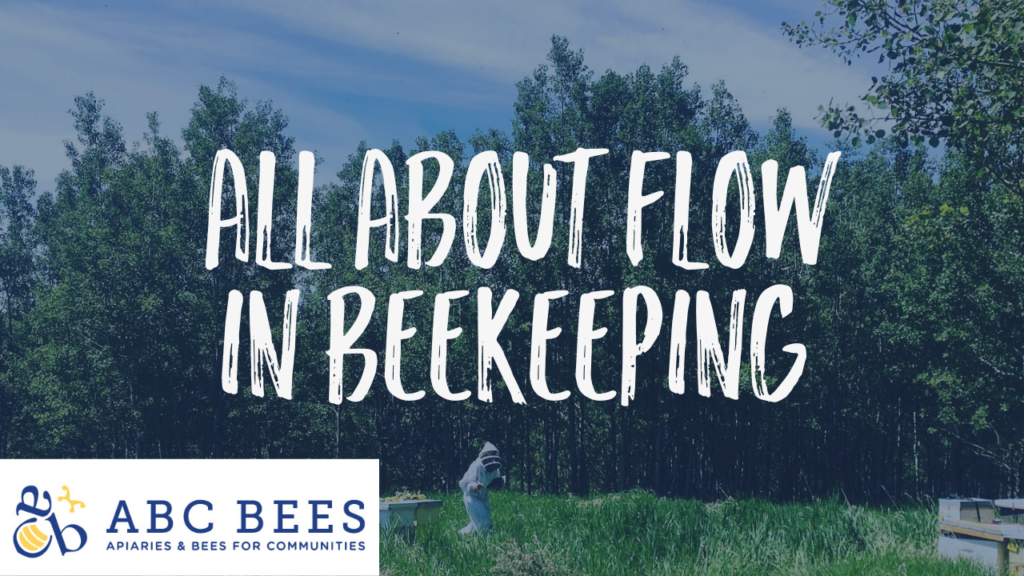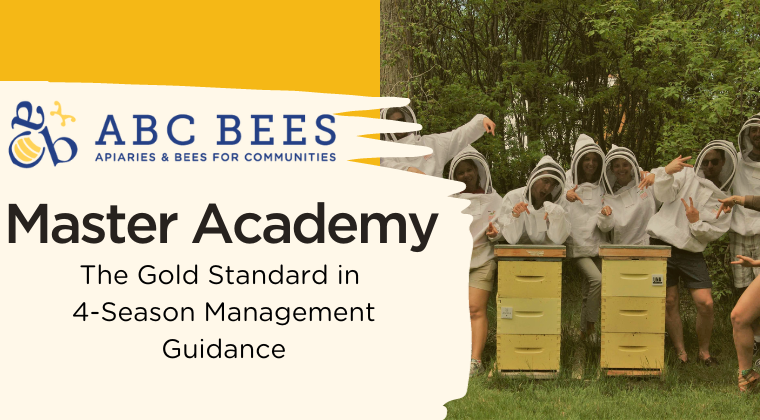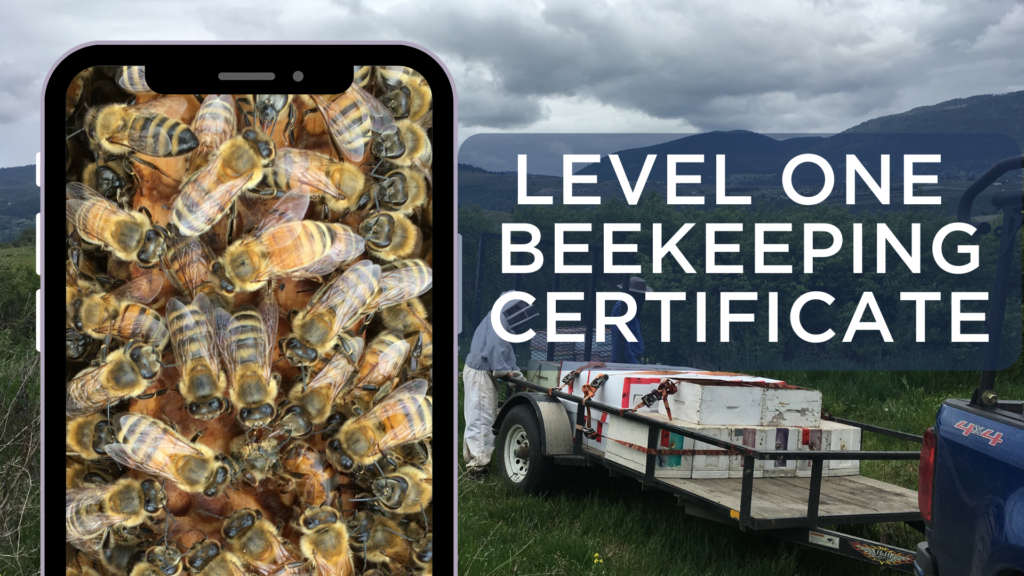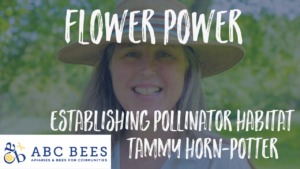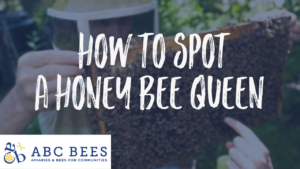Learners will have a clear understanding of nectar and pollen flow in beekeeping, be able to identify flow periods, and know how to utilize flow to enhance hive management and honey production.
Key Takeaways
Nectar and pollen flow in beekeeping refers to the period when nature provides an abundant supply of nectar and pollen to benefit honeybees, leading to increased foraging activity and reduced stress levels in colonies.
Understanding the types of flow, such as spring, summer, and fall flows, is essential for beekeepers to anticipate and manage their hives effectively, as different plants adapt their reproductive strategies based on climate and pollinator types.
Beekeepers can optimize hive management during flow periods by supering colonies, raising queens, applying pollen traps, and pushing for wax production, leading to healthier colonies and increased honey harvesting opportunities.
In this blog post, we will explore the fascinating concept of nectar and pollen flow, and how beekeepers can recognize and harness it to ensure healthy colonies and bountiful honey production.
Understanding Flow
In beekeeping, “flow” refers to the period when nature provides an abundant supply of nectar and pollen to benefit honey bees. It can manifest as either a nectar flow, pollen flow, or a combination of both. During this time, bee colonies experience a boost in various forms of production, leading to reduced stress levels and increased foraging activity.
Types of Flow and Their Significance
To comprehend flow fully, it’s essential to grasp the intricacies of plant sex and how different flowers adapt to communicate with their pollinators. For bees, some plants use scent, color, nectar loads, or pollen concentration to increase their chances of reproductive success. The climate of a region significantly influences the type of flow and the pollinators it attracts.
Example – Flow in Alberta, Canada
In the Canadian prairies, three distinct flows mark the seasons: Spring (willow and dandelion), Summer (sweet clover, canola, and alfalfa), and Fall (thistle and goldenrod). The unique climate plays a crucial role in shaping these flows.
Spring Flow: This period witnesses heartier, pollen-rich tree flowers like Elm, Poplar, and Willow. These plants rely on pollen as a lure to attract bees and increase their reproductive success, considering the challenging climate during spring.
Summer Flow: The warm, moist summer weather allows for an abundance of nectar-rich plants, which can produce nectar without the risk of dehydration or evaporation.
Fall Flow: With hot and dry weather, plants in this season tend to be pollen-rich, offering lower nectar loads as the heat poses challenges to the flowers and their nectar production.
Identifying Flow and Dearth
Recognizing flow and dearth periods is crucial for beekeepers to manage their colonies effectively. Signs to look for include an increase in foraging activity, bee dances, incoming pollen, and higher production of brood, wax, or honey. During a dearth, plants produce little nectar or pollen, leading to colony stress and potential behavioral changes.
Making the Most of Flow Periods
Flow times offer numerous opportunities for beekeepers to optimize their hive management. Supering colonies, making splits, raising queens, and applying pollen traps are some tactics to consider during a flow. Additionally, pushing for wax production during the spring flow can take advantage of young bees’ wax-producing abilities. Harvesting honey during a flow reduces challenges with robbing.
Conclusion
Understanding flow is a crucial aspect of successful beekeeping. By recognizing the signs of the flow and observing the behaviors of bees and flowers, beekeepers can optimize their apiaries’ health and honey production.

